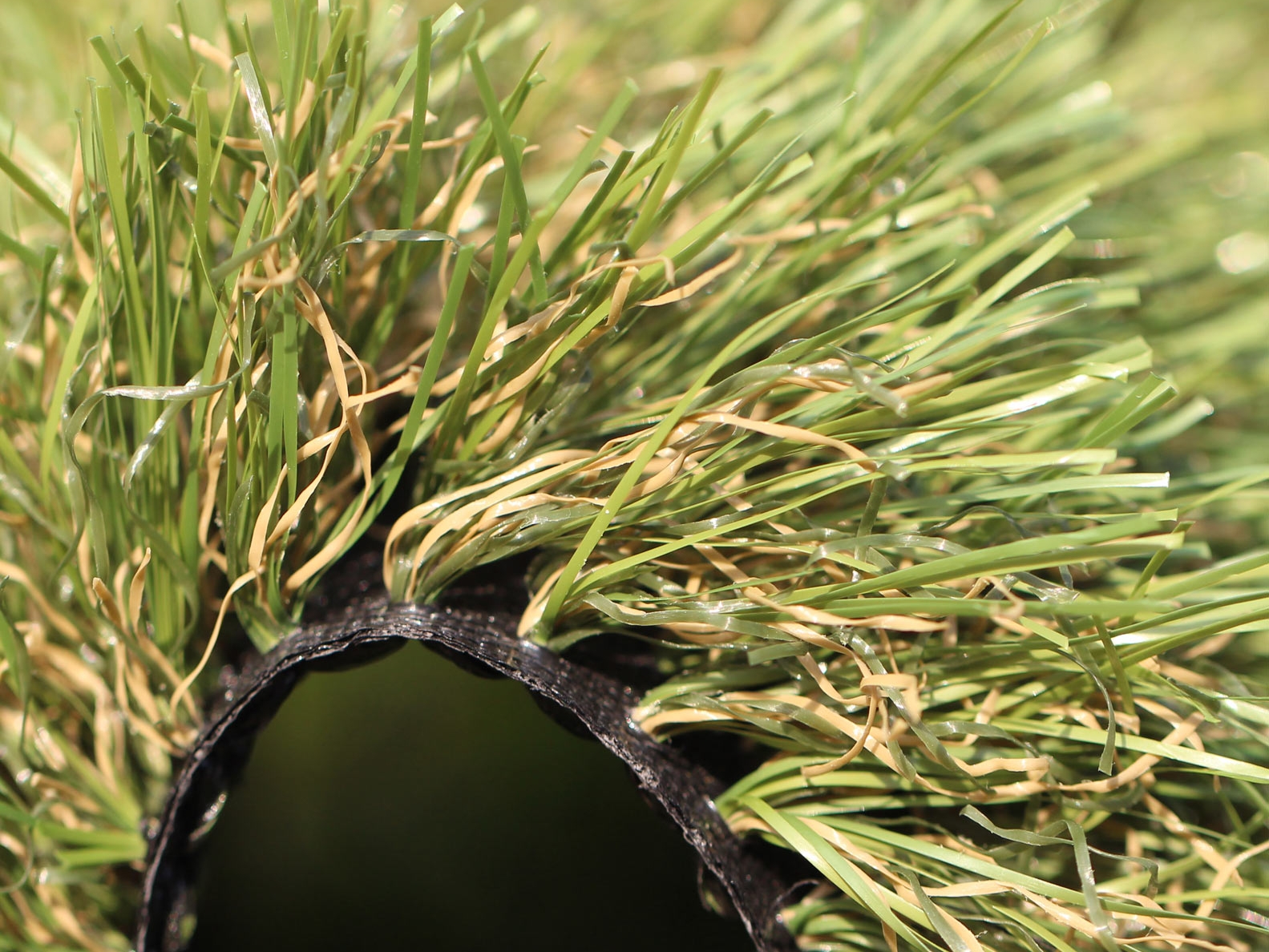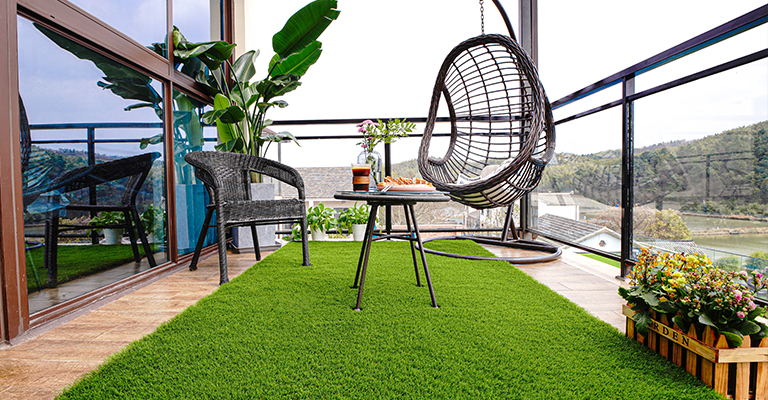See Why Homeowners Prefer Artificial Turf for Sustainable Landscaping Practices
As property owners increasingly prioritize sustainability in landscape design, synthetic lawn has emerged as an engaging choice to typical turf. What continues to be to be explored is the full extent of benefits that synthetic lawn can offer to homeowners and the atmosphere alike.
Water Preservation Benefits
One of the most substantial benefits of man-made turf is its duty in water conservation. In comparison, fabricated grass removes this need entirely, as it does not require irrigation.
Furthermore, the setup of man-made turf can add to a more sustainable landscape. Homeowners can considerably lower their water bills, permitting for reallocation of sources to other environmental campaigns or house usages. Furthermore, synthetic grass is made to hold up against various weather problems without the requirement for additional watering, making it an optimal choice for areas encountering water shortage.
The ecological advantages prolong beyond prompt water cost savings. By decreasing water consumption, synthetic grass aids to minimize the impacts of environment modification, preserving essential ecological communities that are endangered by excessive water extraction. As lasting landscaping techniques get traction, synthetic grass emerges as a responsible selection for property owners looking for to produce environmentally friendly outdoor areas.
Reduced Maintenance Initiatives
Artificial grass considerably lowers maintenance initiatives contrasted to conventional yard yards. With synthetic yard, property owners can remove the time-consuming jobs connected with natural landscape design, such as mowing, fertilizing, and weeding. This not just saves useful time yet also minimizes physical labor, making lawn care easily accessible for individuals of every ages.
One of the most remarkable benefits is the absence of routine mowing. Typical lawns call for frequent trimming to preserve a cosmetically pleasing height, whereas man-made lawn continues to be regularly rich without the requirement for reducing. In addition, property owners no much longer require to use fertilizers or pesticides, which are frequently called for to keep all-natural grass healthy and balanced. This shift not just lightens the workload but likewise advertises a neater, a lot more consistent look year-round.
In addition, synthetic grass is durable and resilient, requiring minimal maintenance past periodic brushing and rinsing to remove particles. This convenience of upkeep permits home owners to appreciate their outside rooms without the constant worry of upkeep, giving even more time for leisure and family tasks. Eventually, the decreased maintenance initiatives related to artificial lawn make it an appealing alternative for those looking for a low-maintenance, visually appealing landscape.

Ecological Influence Reduction
There is a growing acknowledgment of the ecological advantages related to synthetic grass, specifically in regards to water preservation and reduced chemical usage. Standard lawns need considerable quantities of water, particularly in drought-prone areas, bring about increased strain on local water sources. On the other hand, artificial turf eliminates the need for irrigation, dramatically lowering water intake and advertising sustainability.
Additionally, conventional lawn maintenance frequently involves the application of herbicides, plant foods, and pesticides, which can add to dirt and water contamination. Man-made grass mitigates this environmental threat by calling for very little upkeep and practically eliminating the demand for damaging chemicals. This not only enhances soil health but additionally shields neighborhood ecosystems from toxic drainage.
Furthermore, the production of all-natural turf yards typically entails using nonrenewable fuel sources for cutting and landscape design devices, further adding to greenhouse gas discharges. By selecting synthetic grass, property owners can dramatically decrease their carbon footprint associated with yard care tasks.
Visual Allure and Versatility
Along with its ecological benefits, fabricated grass offers substantial aesthetic allure and versatility for landscape design. House owners can accomplish a lush, environment-friendly look year-round, getting rid of the seasonal fluctuations frequently connected with all-natural turf. This regular aesthetic not just enhances the aesthetic charm of a home yet likewise contributes to a refined and well-kept look.
Furthermore, man-made lawn is offered in a selection of shades, designs, and textures, enabling modification to match specific preferences and layout styles - Arizona turf. Whether made use of in residential yards, business spaces, or leisure locations, it can flawlessly incorporate into varied landscape design styles, from modern-day minimal to rich exotic setups
The versatility of synthetic grass expands beyond mere look; it can be mounted in various locations, including roofs, outdoor patios, and also indoor rooms, creating chances for special landscaping remedies. In addition, it is suitable for an array of activities, from children's play locations to pet-friendly environments, supplying capability without compromising design.
Inevitably, the visual appeal and flexibility of artificial lawn make it an appealing choice find more info for property owners looking for lasting landscape design solutions that do not sacrifice charm for environmental duty.

Long-Term Expense Savings
One of the most engaging advantages of man-made lawn is its possibility for long-lasting price financial savings. Unlike all-natural grass, which calls for routine upkeep-- consisting of mowing, watering, feeding, and bug control-- man-made grass considerably reduces these ongoing expenditures.
Furthermore, fabricated grass has a lifespan of 15 to 25 years, depending on its quality and usage. This resilience reduces substitute prices, making it an visit this web-site extra cost-effective choice in the lengthy run. The initial financial investment in synthetic turf can typically be recouped with the cost savings accrued over time.
While the in advance cost might appear greater contrasted to sod setup, the cumulative financial savings from reduced maintenance and water use commonly outweigh these first expenses. Inevitably, the adoption of fabricated lawn not just advertises a sustainable landscaping solution but also supplies house owners an economically smart choice that straightens with long-term budgeting goals.
Conclusion
Synthetic lawn emerges as a compelling option for lasting landscape design, using considerable benefits in water conservation, minimized maintenance efforts, and diminished environmental impact. As areas progressively prioritize ecologically pleasant techniques, the fostering of synthetic grass stands for a progressive step towards attaining sustainable and resilient landscapes.
Additionally, man-made lawn is made to stand up to different climatic problems without the need for additional watering, making it an ideal selection for regions facing water scarcity. (Arizona artificial turf)
Fabricated lawn emerges as a compelling option for lasting landscape design, providing considerable advantages in water conservation, decreased Learn More Here maintenance initiatives, and diminished ecological impact.